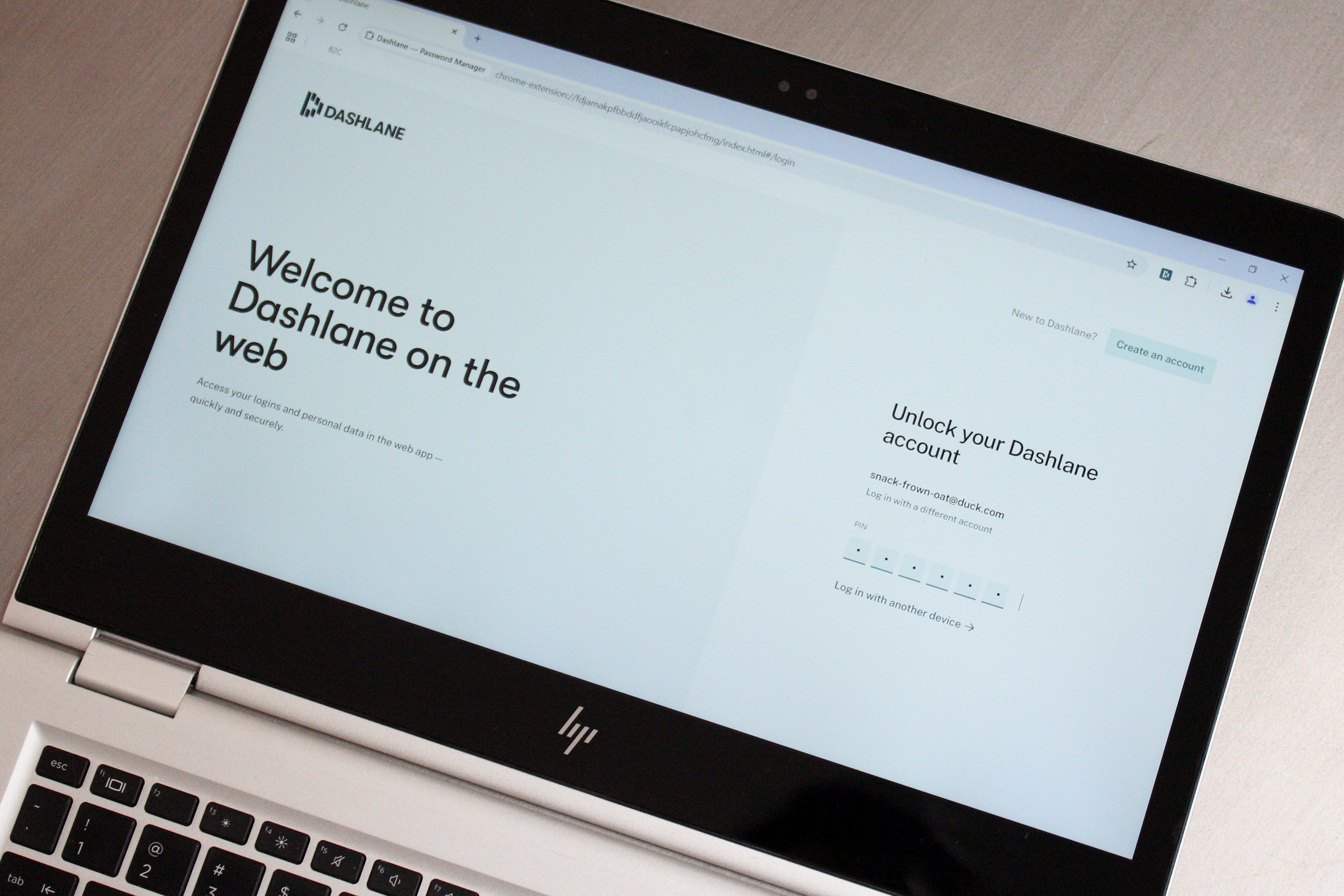- Регистрация
- 17 Февраль 2018
- Сообщения
- 38 917
- Лучшие ответы
- 0
- Реакции
- 0
- Баллы
- 2 093
Offline
But the app will still support passkeys.

Image: Microsoft
Microsoft may not kill or nerf products and services with the same rigor as Google, but it’ll still retool its offerings. Case in point: Microsoft Authenticator, which has slowly lost features this summer—and is about to lose even more starting August 1.
Adding and importing passwords ended back in June, and autofill stopped working this month as well. Starting August 1, any saved passwords or saved payment data will no longer be available in the app.
Microsoft isn’t deleting saved passwords altogether, though. Those will be accessible through Microsoft Edge (surprise), which you can also use for autofilling your passwords across devices. (So long as you download and install the app on all your devices, including phones, of course.)
But Microsoft stresses in its post describing these changes that only saved passwords will make the transition to Edge—generated passwords and your history of generated passwords won’t be ported over. If you want to retain that latter data, you must manually save it from Generator history in Microsoft Authenticator’s Password tab to your saved passwords.
Funnily enough, Microsoft Authenticator isn’t completely disassociating itself from saved credentials. While passwords will get dumped, passkeys will still be supported in Microsoft Authenticator. In fact, if you’ve created passkeys for your Microsoft account, you must keep the Microsoft Authenticator app as the manager for your passkeys—otherwise they’ll become disabled.
Our favorite Password Manager
Dashlane


Read our review
Price When Reviewed: Free I Advanced: $2.75/mo I Premium: $4.99/mo I Friends & Family: $7.49/mo
Best Prices Today: $4.99 at Dashlane
If you don’t want to use Microsoft Edge as your password manager, you can export your passwords from the Microsoft Authenticator app, then import them into a different service. Paid password managers offer a wider set of useful features, like secure password sharing, emergency vault access, additional forms of two-factor authentication, and more. But even a good free password manager like Bitwarden is a good alternative—and upgrading to its paid service costs just $10 per year. ( , the whole year.)
, the whole year.)
Author: Alaina Yee, Senior Editor, PCWorld

A 14-year veteran of technology and video games journalism, Alaina Yee covers a variety of topics for PCWorld. Since joining the team in 2016, she’s written about CPUs, Windows, PC building, Chrome, Raspberry Pi, and much more—while also serving as PCWorld’s resident bargain hunter (#slickdeals). Currently her focus is on security, helping people understand how best to protect themselves online. Her work has previously appeared in PC Gamer, IGN, Maximum PC, and Official Xbox Magazine.
Recent stories by Alaina Yee:

Image: Microsoft
Microsoft may not kill or nerf products and services with the same rigor as Google, but it’ll still retool its offerings. Case in point: Microsoft Authenticator, which has slowly lost features this summer—and is about to lose even more starting August 1.
Adding and importing passwords ended back in June, and autofill stopped working this month as well. Starting August 1, any saved passwords or saved payment data will no longer be available in the app.
Microsoft isn’t deleting saved passwords altogether, though. Those will be accessible through Microsoft Edge (surprise), which you can also use for autofilling your passwords across devices. (So long as you download and install the app on all your devices, including phones, of course.)
But Microsoft stresses in its post describing these changes that only saved passwords will make the transition to Edge—generated passwords and your history of generated passwords won’t be ported over. If you want to retain that latter data, you must manually save it from Generator history in Microsoft Authenticator’s Password tab to your saved passwords.
Funnily enough, Microsoft Authenticator isn’t completely disassociating itself from saved credentials. While passwords will get dumped, passkeys will still be supported in Microsoft Authenticator. In fact, if you’ve created passkeys for your Microsoft account, you must keep the Microsoft Authenticator app as the manager for your passkeys—otherwise they’ll become disabled.
Our favorite Password Manager
Dashlane


Read our review
Price When Reviewed: Free I Advanced: $2.75/mo I Premium: $4.99/mo I Friends & Family: $7.49/mo
Best Prices Today: $4.99 at Dashlane
If you don’t want to use Microsoft Edge as your password manager, you can export your passwords from the Microsoft Authenticator app, then import them into a different service. Paid password managers offer a wider set of useful features, like secure password sharing, emergency vault access, additional forms of two-factor authentication, and more. But even a good free password manager like Bitwarden is a good alternative—and upgrading to its paid service costs just $10 per year. (
 , the whole year.)
, the whole year.)Author: Alaina Yee, Senior Editor, PCWorld

A 14-year veteran of technology and video games journalism, Alaina Yee covers a variety of topics for PCWorld. Since joining the team in 2016, she’s written about CPUs, Windows, PC building, Chrome, Raspberry Pi, and much more—while also serving as PCWorld’s resident bargain hunter (#slickdeals). Currently her focus is on security, helping people understand how best to protect themselves online. Her work has previously appeared in PC Gamer, IGN, Maximum PC, and Official Xbox Magazine.
Recent stories by Alaina Yee:
